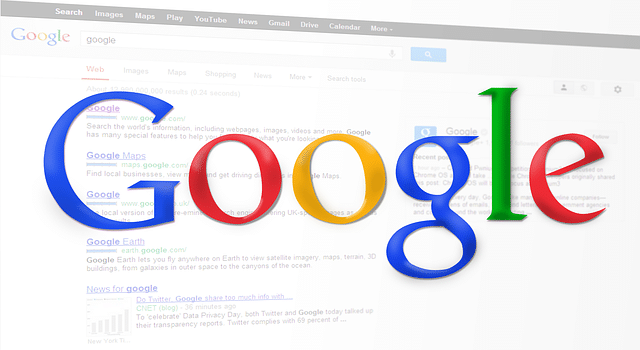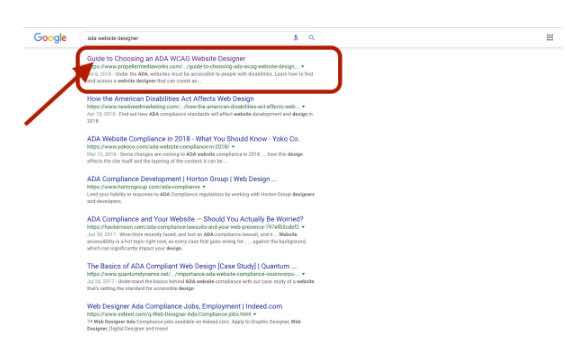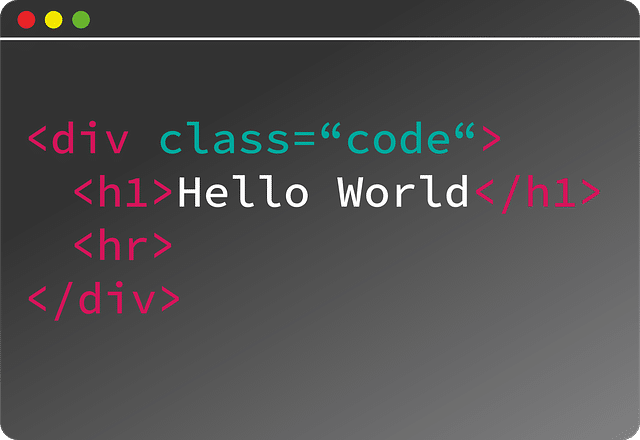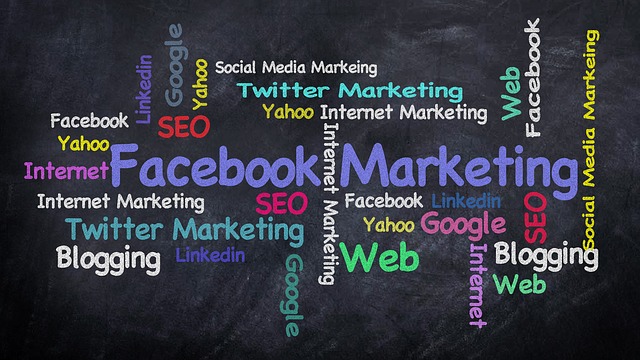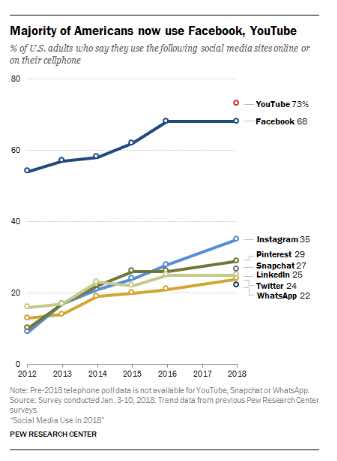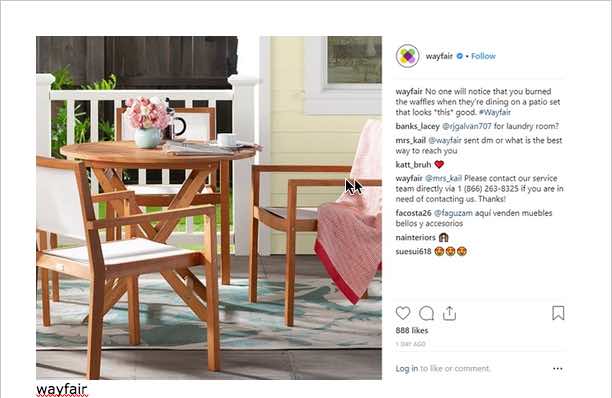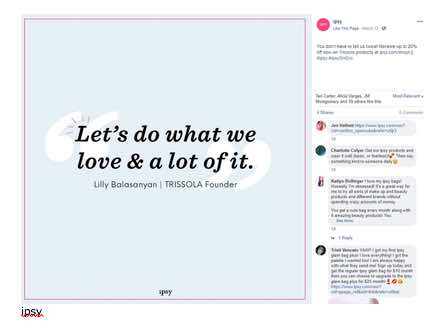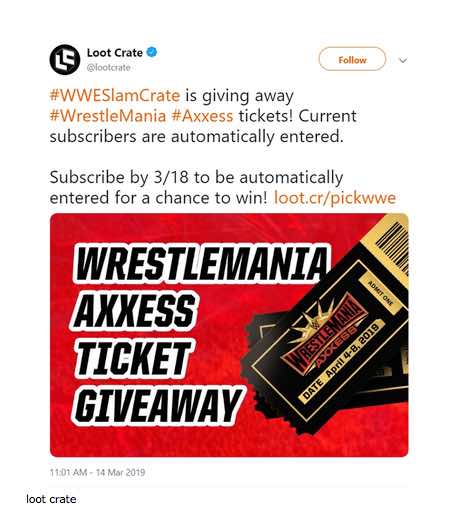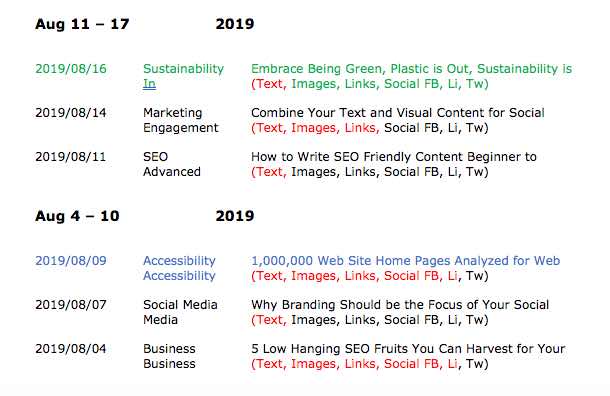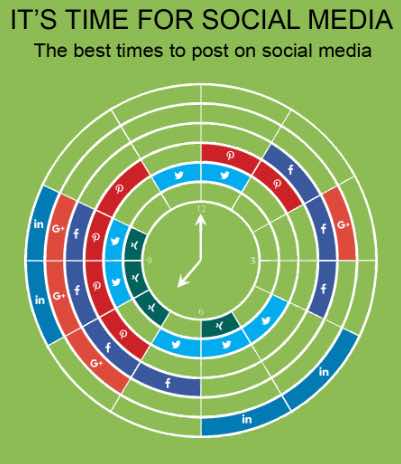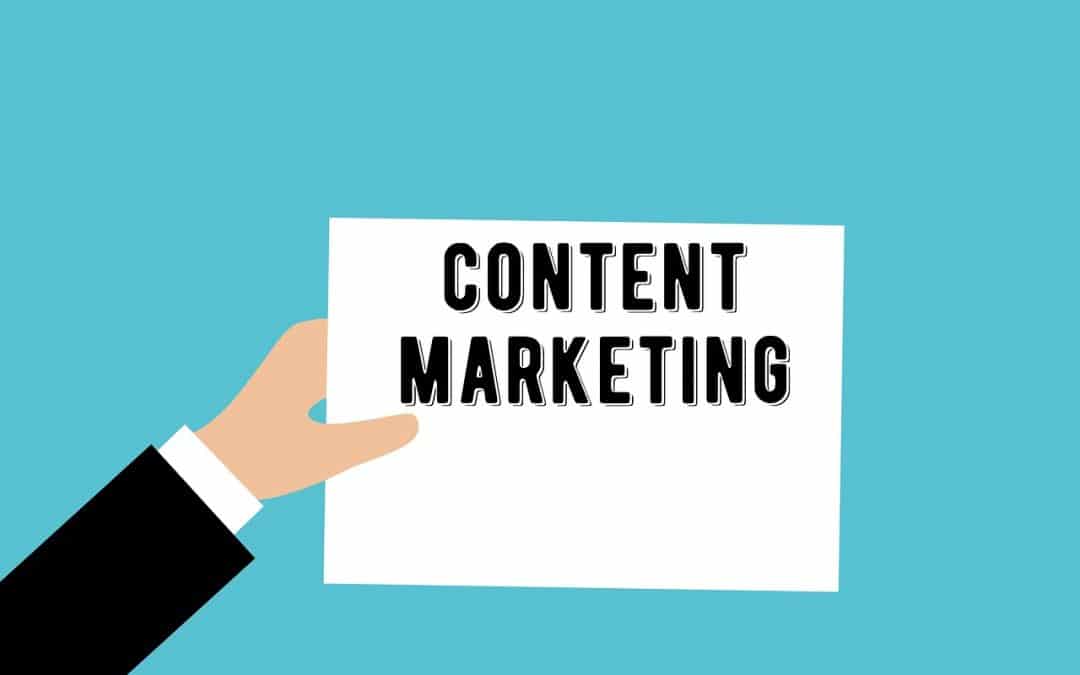What is the Business Gap?
I’ve written about creating a gap between your company and your competition. This is how most businesses judge their success in their relationship to competitors. If you were widening the gap, it meant that you were outdistancing the competition and gaining market share.
Instead Narrow Your Customer Gap
It’s a pretty simple strategy to widen the gap between you and your competition. Instead it might be a better strategy to narrow the gap between you and your customer.
This isn’t about growing your market share and adding new customers. It is about developing stronger customer loyalty. Think about it this way. The closer you get to your customer and the more you meet their needs, the smaller the gap becomes between and your customer.
That ultimately puts a wider gap between you and your competition. What a simple way of looking at building customer loyalty to your brand. The closer you come to your customer, the more you will learn about your customers. Very specific things such as buying patterns, special needs and more. The more you know, the better equipped you are to deliver what you sell the way they want it.
It’s About Product Share
Market share may be about getting more customers, but “product share” is about a customer buying all of their products from you, and no one else.
It’s About Wallet Share
A stockbroker sells investments. Market share for a broker would mean more clients. But “wallet share” is about an individual client having the confidence and trust to invest with just one broker, who becomes the trusted advisor to take care of all of the client’s financial and investing needs.
It’s About Body Share
Coca-Cola sells soft drinks. Market share was getting more consumers to buy their soft drinks. Then they came up with the concept of “body share,” which is about how much Coca-Cola product is consumed by an individual.
That is why Coke’s list of products continues to grow, even including fruit juices and water. Their strategy is that if a consumer drinks anything, it should be a Coca-Cola product.
It’s About Your Customer
Focus on what your customer wants and needs. What are they asking for? Narrow the gap between what you offer and what the customer wants and you will widen the gap between you and your competition.


